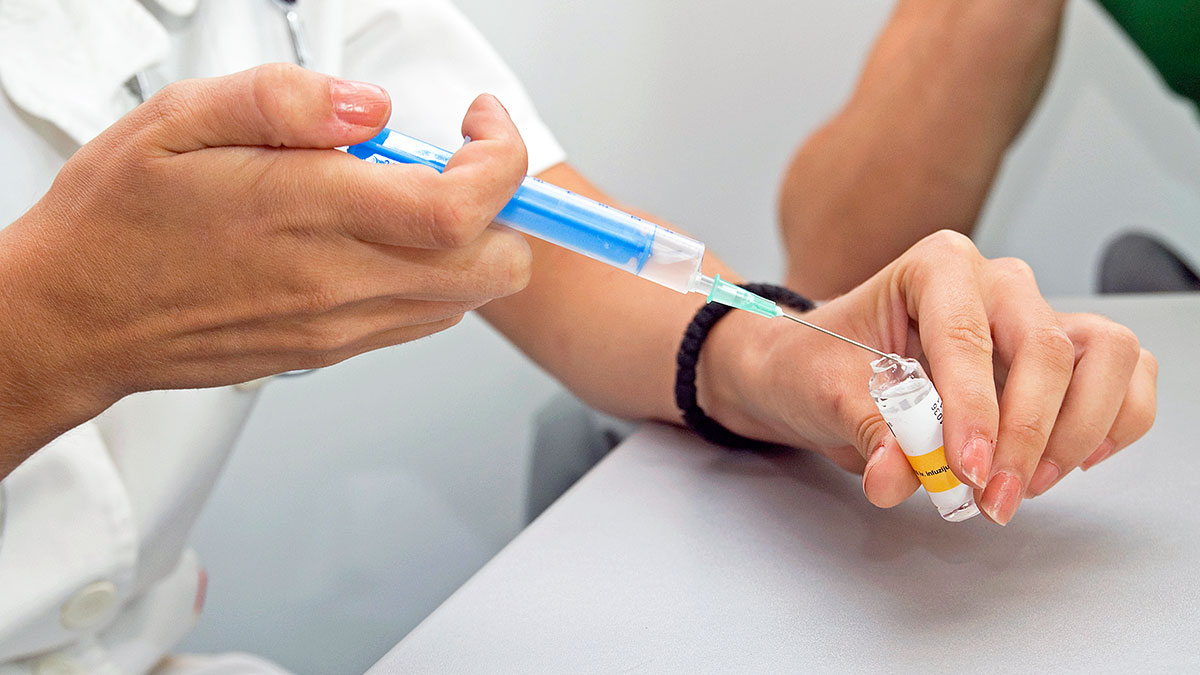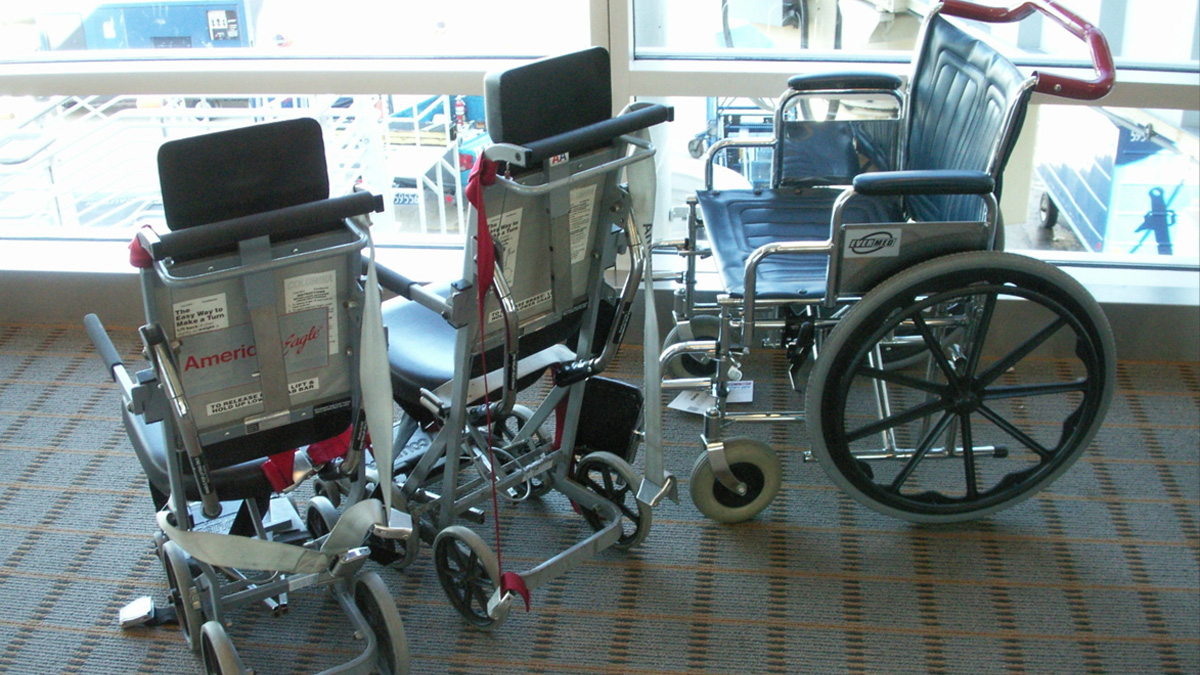Reversal of Aged Muscle Stem Cell Dysfunction in Contractured Muscle from Cerebral Palsy (2019)
CP is associated with high muscle tension and stiffness, which can cause decreased range of motion of an individual’s muscles. Preventing or reversing muscle tension is essential for people with cerebral palsy to engage with the world around them. This grant tests the effectiveness of certain drugs to repair this stiffness. Initial Observations Core Questions […]




